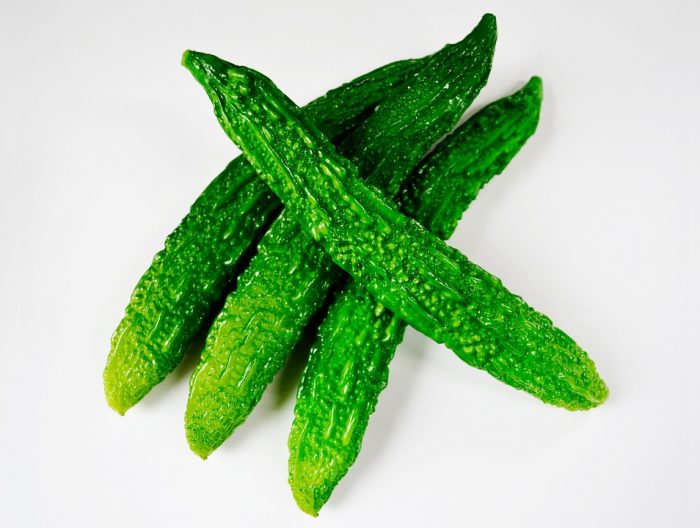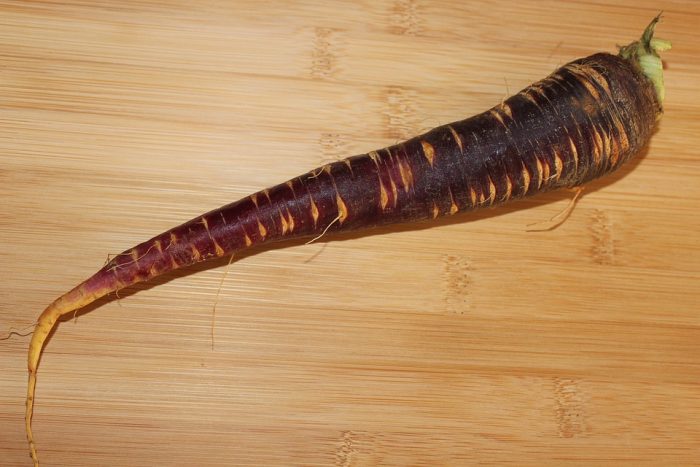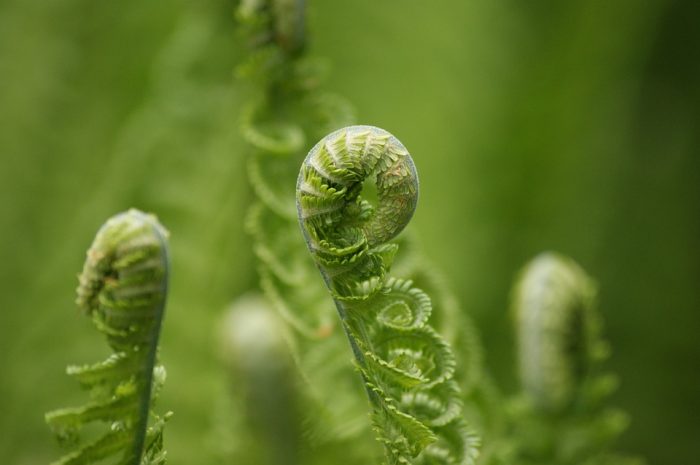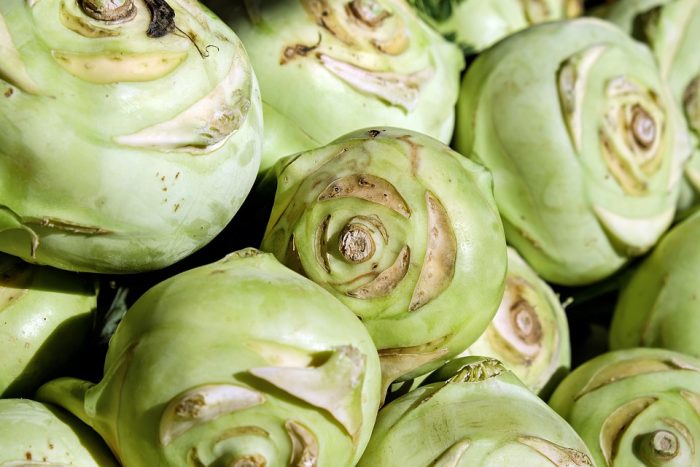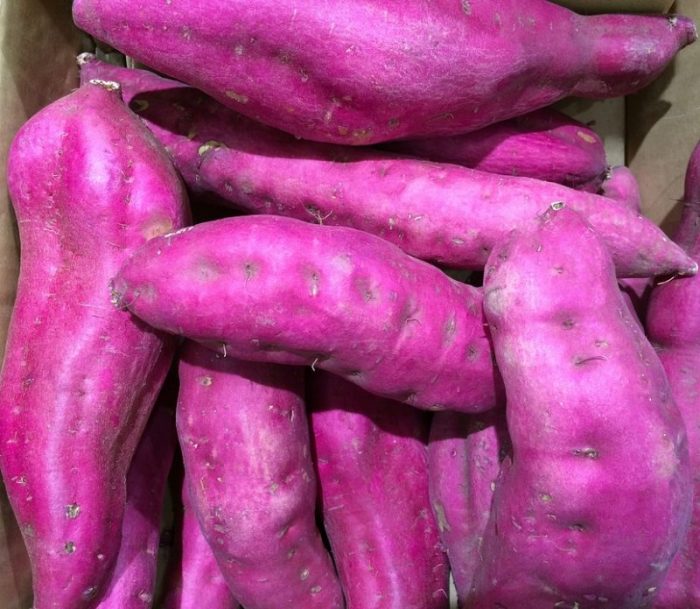
You are probably familiar with the common vegetables like lettuce, potatoes, beans, and onions. You may not be as familiar with some of the more unique, uncommon vegetable types found below.
Read on to learn about some of the most interesting kinds of vegetables in the world and see pictures of them in the list below.
List of Interesting Vegetable Names
Bamboo Shoots
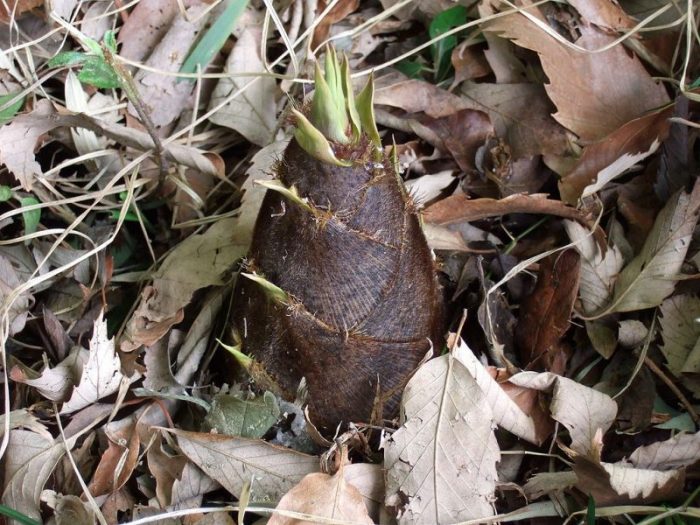
Photo: By Haragayato – Photo taken by Haragayato using a FinePix F30, and removed unnecessary objects., CC BY-SA 2.5, https://commons.wikimedia.org/w/index.php?curid=1984356
Given how hard bamboo is, some people are surprised to find out that the plant is edible. Yet the bamboo shoots that sprout of the ground are frequently used in dishes originating from Asia. Bamboo shoots are gathered when in the spring or early summer and they are then processed and sold in a variety of styles, such as dried, fresh, or canned.
Bitter Melon
The bitter melon is a type of vine melon found in Africa, Asia, and the Caribbean. There are many different varieties of the bitter melon, but they are often used in dishes originating in East Asian and southeast Asian cuisine. The melon turns yellow as it ripens, and when ripe it has a texture similar to a cucumber or bell pepper. Though it is (unsurprisingly) somewhat bitter the melon is a popular ingredient in drinks and stir-fries.
Chinese Artichokes
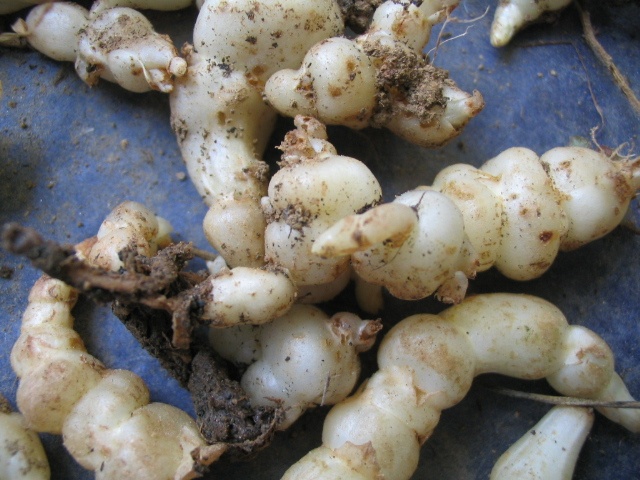
By No machine-readable author provided. Jonathaneo~commonswiki assumed (based on copyright claims). – No machine-readable source provided. Own work assumed (based on copyright claims)., CC BY-SA 3.0, https://commons.wikimedia.org/w/index.php?curid=443119
The crosne, often called the Chinese artichoke or knotroot, is a root vegetable originating in China. The skin of the vegetable is a pale white color, and it is tender and easy to chew when properly prepared. The plant tends to grow in small, lumpy tubers that can make it difficult to clean. The Chinese artichoke is often pickled and served in salads or as a garnish for other dishes.
Chinese Flowering Leek
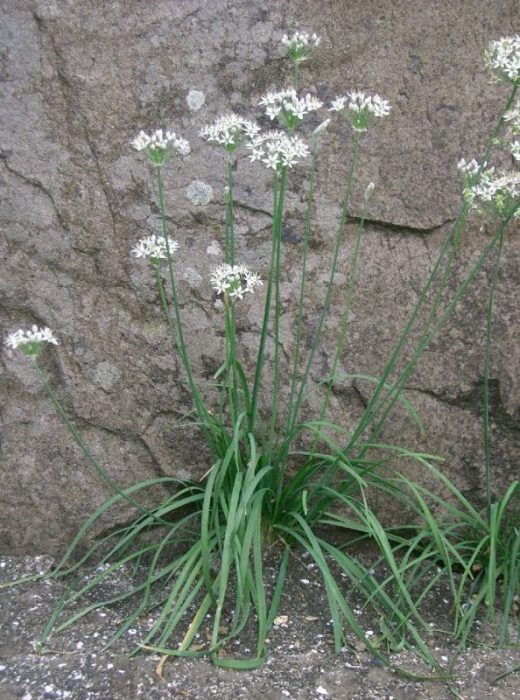
By KENPEI – KENPEI’s photo, CC BY-SA 3.0, https://commons.wikimedia.org/w/index.php?curid=1181701
The Chinese flowering leek is a species of onion or chive found in southwestern China. The onion has been cultivated in other areas of Asia as well as other regions of the globe, and it is known for the white flowers that top the vegetable during the warm months. The leek is often used as a seasoning in dishes, as the flower buds, stalks, and leaves can all be used to flavor dishes. It is frequently used to flavor soups and salads, though some people grow it merely for its ornamental value.
Dragon Carrot
The purple dragon carrot is a variety of carrot originally cultivated in the Middle East before making its way to Asia. The carrots taste similar to the familiar orange carrots but sweeter. The purple carrots are thought to get their coloration primarily from the chemical lycopene, which is a type of carotenoid. Purple dragon carrots are also thought to have twice as much beta-carotene and alpha-carotene as regular carrots, which is what the body makes into Vitamin A.
Dulse
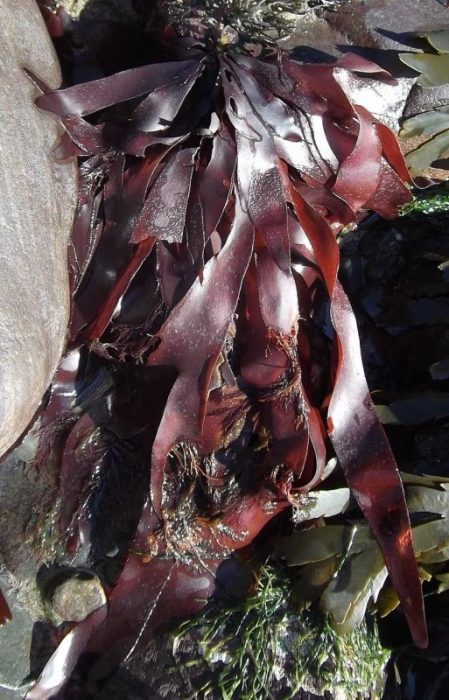
By Cwmhiraeth – Own work, CC BY-SA 3.0, https://commons.wikimedia.org/w/index.php?curid=16824956
Dulse, also called dilsk or sea lettuce flakes, is a type of algae that grows within the northern Pacific and Atlantic oceans. Populations in Iceland have eaten the plant for centuries, and it is rich in vitamins, with an especially high protein level. The red algae is sometimes used to make bread in parts of Canada, Iceland, and Ireland. Dulse can be eaten straight off of rocks where it grows, but most dulse is dried and preserved as flakes and then eaten alongside bread.
Fiddleheads
Fiddlehead ferns are a type of vegetable found in Europe and Asia. The ferns are usually harvested at the end of the season, but before the fronds of the fern have opened and stretched out to their full height. Fiddleheads are frequently cooked alongside spices and served in a salad or soup. The fiddlehead is frequently pickled in Nepal and parts of the Indian subcontinent.
Kohlrabi
Kohlrabis are sometimes called German turnips and the vegetable is of the same species as other kinds of cabbage like cauliflower and kale. Kohlrabi is the result of plant breeding, selecting for certain traits from the base plant – a wild cabbage. Kohlrabi is farmed in parts of India and Cyprus, and it is frequently served in a salad or in a slaw. The outer layers of the plant are tough and usually peeled away before the vegetable is eaten, which has the effect of making the edible portions of the plant smaller than initially assumed.
Jicama
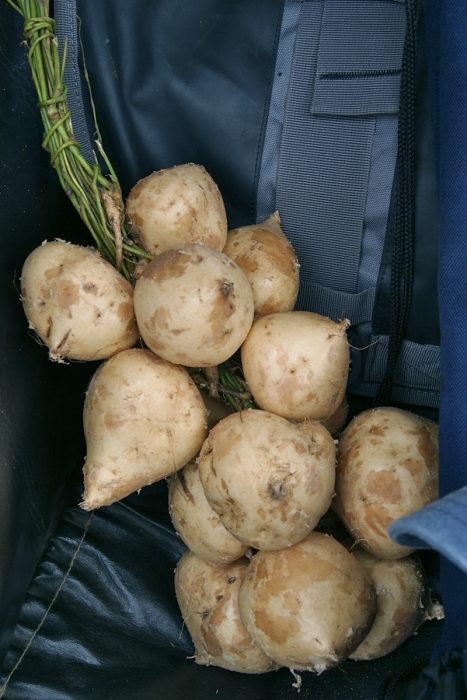
By Alex Pronove, Philippines., CC BY-SA 4.0, https://commons.wikimedia.org/w/index.php?curid=14577948
Jicama is a type of vine, and it’s sometimes called the Mexican turnip. The tuberous roots of the plant are the vegetable that people eat, and there are multiple different species of jicama. The vegetable is starchy and is frequently served garnished with cilantro or chili powder. Jicama has also become popular outside of Mexico, brought to Southeast Asia by the Spanish where it is frequently eaten fresh and flavored with salt or rice vinegar.
Nopal
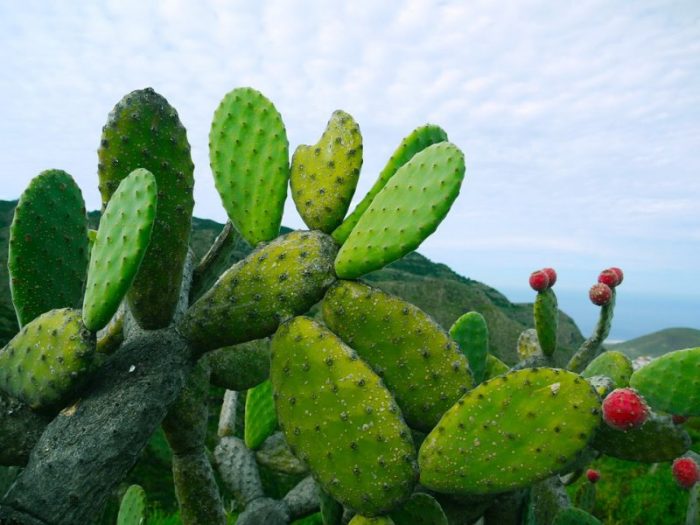
Photo: MonikaP via Pixabay, CC0
Nopal is the common name for a variant of cacti found in Mexico. There are over a hundred different species of nopal and the pads of the cacti are edible. The pads of the cacti are nutritious and can be eaten raw or cooked. Nopales are frequently prepared by being sliced and seasoned then cooked. It is estimated that there are over three million hectares of land within Mexico used to cultivate nopal.
Oca
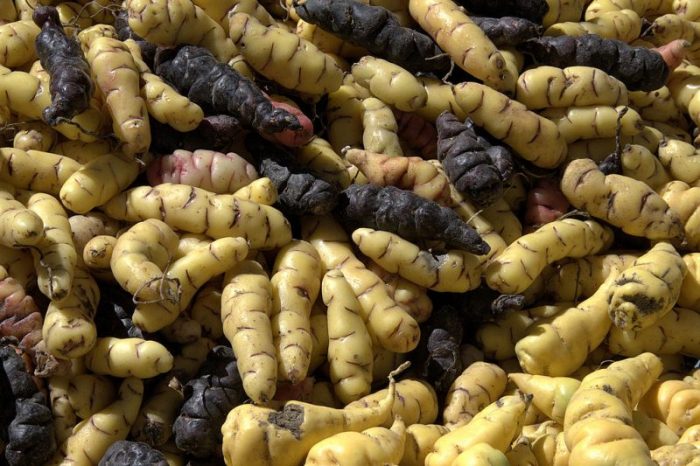
Photo: By Markus Leupold-Löwenthal – Own work, CC BY-SA 3.0, https://commons.wikimedia.org/w/index.php?curid=8963574
Oca is the Spanish name for a herbaceous plant that produces edible tubers. The tubers are sometimes called the New Zealand yam. It starchy flavor is similar to a potato and it is often used to substitute for potatoes. There are many different varieties of oca grown by farmers throughout the Bolivia, Peru, and Chile. The vegetable is extremely nutritious, full of vitamin-A and potassium. It is known for being one of the staple crops of the Andean highlands, thanks to the fact that it is hardy and handles high altitudes and poor soil well.
Okinawan Purple Sweet Potato
Sweet potatoes are starchy root vegetables that come in a variety of different colors. The Okinawan purple sweet potato is a unique variety of the sweet potato that is typically prepared by being roasted in a drum or in foil. The yaki-imo purple sweet potatoes are referred to as beni-imo when prepared this way. Sweet potatoes are also served in hot soup during the cold winter months.
Romanesco Broccoli
Romaneso broccoli is the budding, edible flower of a variant of wild cabbage. The romanesco grows in such a way that it has a pattern which approximates a spiral fractal. It is quite similar to regular broccoli and cauliflower in taste and texture, and it has been grown in Italy since the 1600s.
Salsify
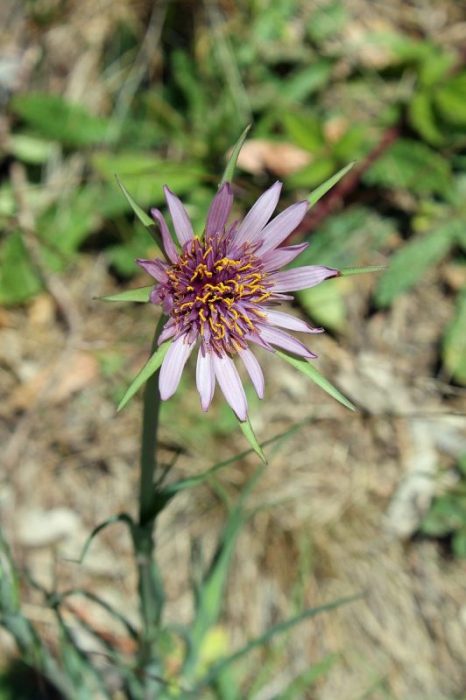
Photo: By Sarah Stierch – Own work, CC BY 4.0, https://commons.wikimedia.org/w/index.php?curid=19761552
Salsify, also known as Jerusalem star, vegetable oyster, or goatsbeard is a type of herb that has an edible root. It is commonly found in northern Europe as well as Australia, Africa, and the US. It can actually be found growing in almost every US state. The root is reported to taste like oysters, which gives it its alternative name.
Sunchoke
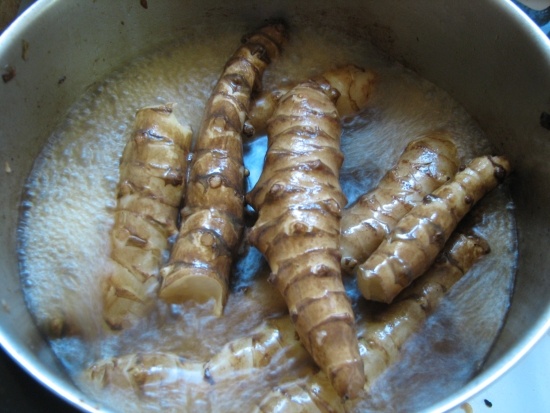
Photo: By Gilabrand at English Wikipedia, CC BY-SA 3.0, https://commons.wikimedia.org/w/index.php?curid=8001862
Sunchoke is a type of sunflower found across North America. The tuber of the plant is used as a root vegetable and it has a sweet taste to it. The sunchoke is sometimes called the Jerusalem artichoke and early European colonists brought the sunchoke back to Europe with them where it became naturalized.
Tiger Nut
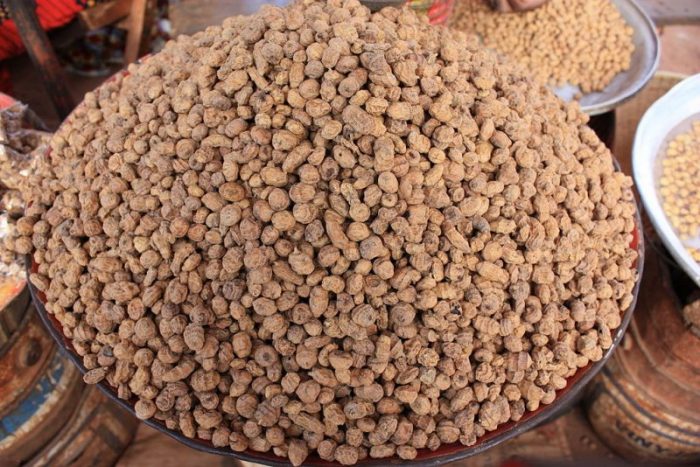
Photo: By Marco Schmidt [1] – Own work, CC BY-SA 3.0, https://commons.wikimedia.org/w/index.php?curid=9655474




